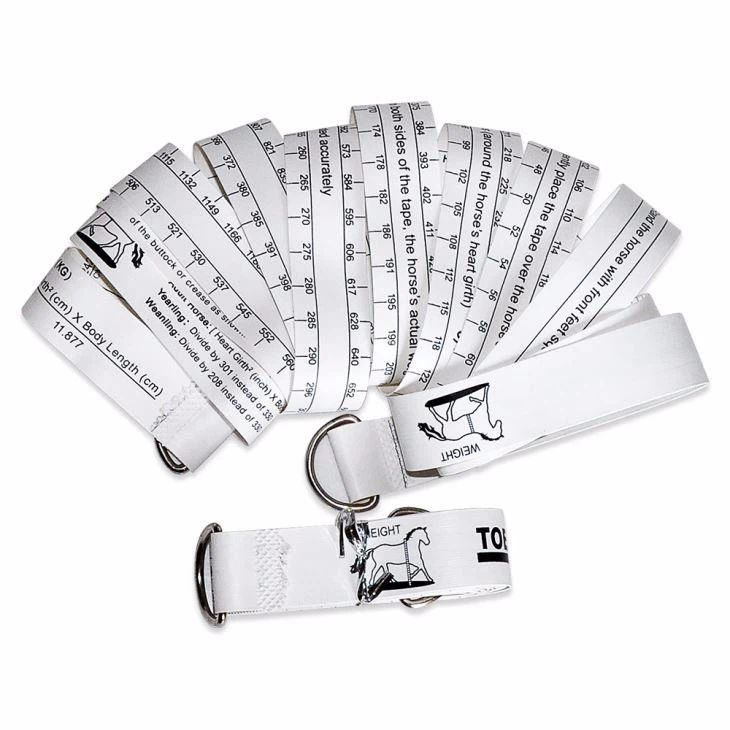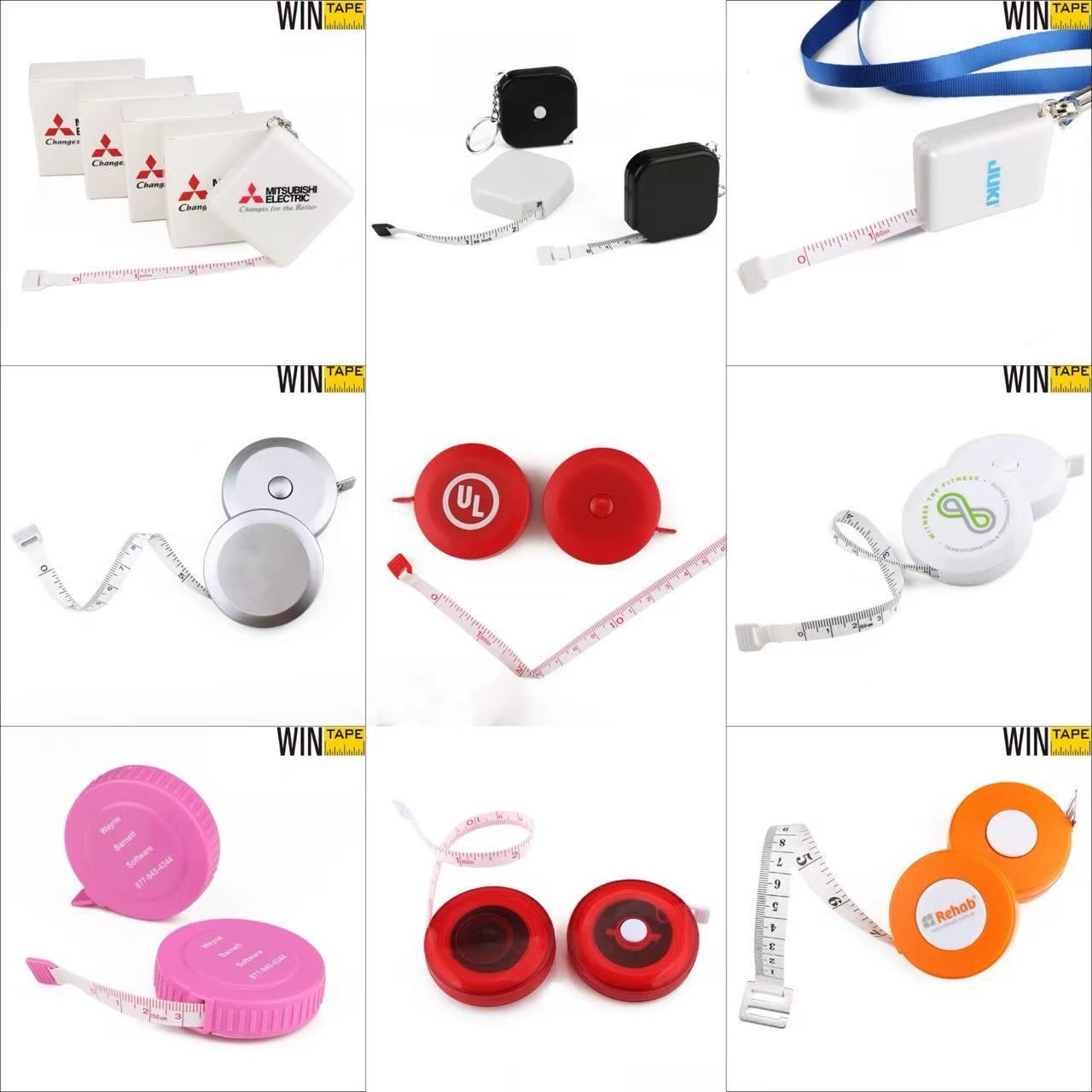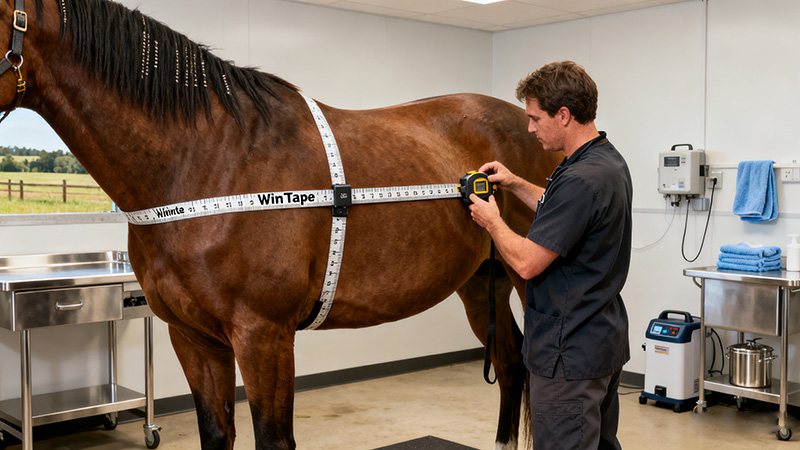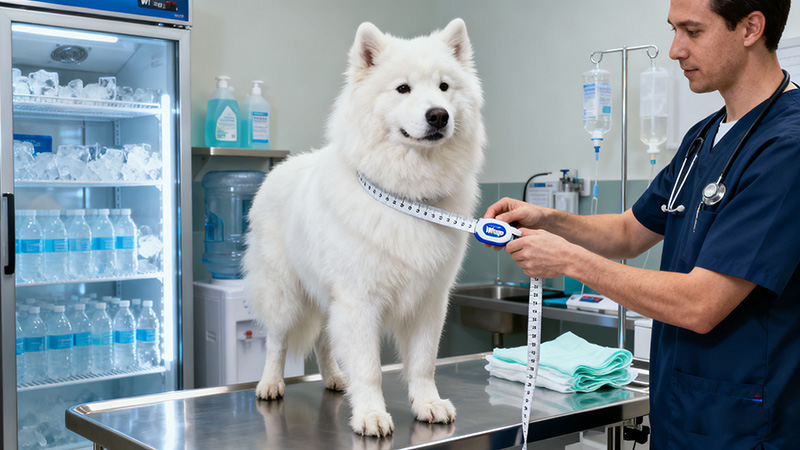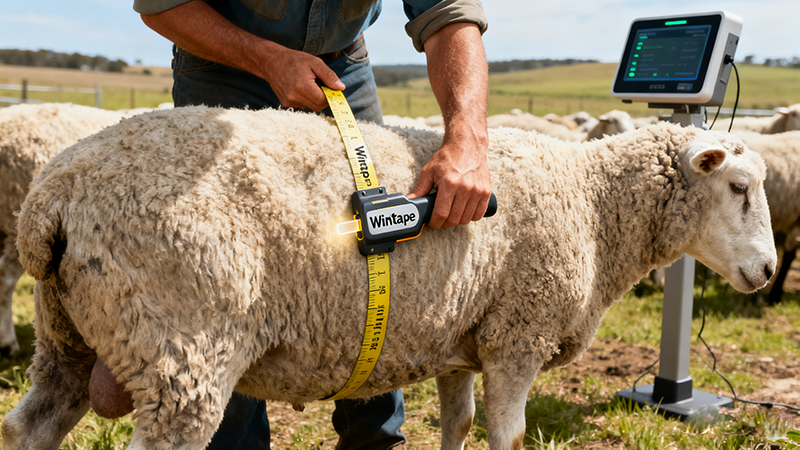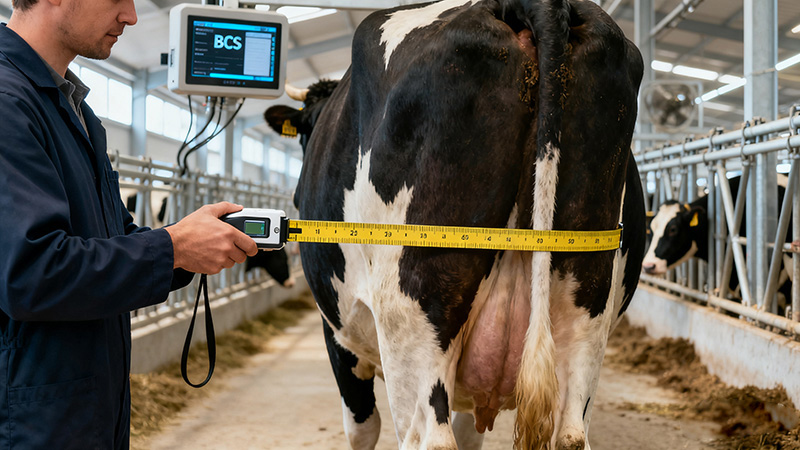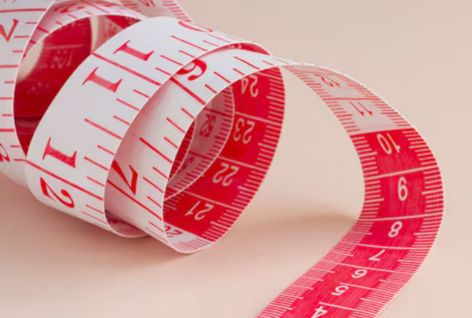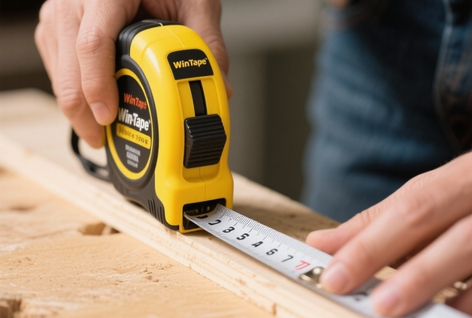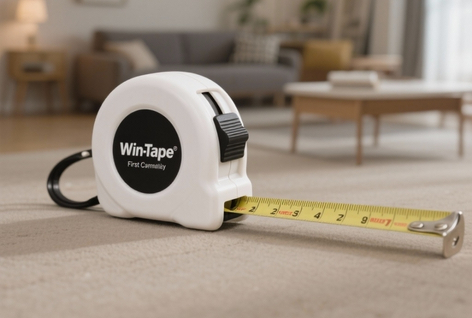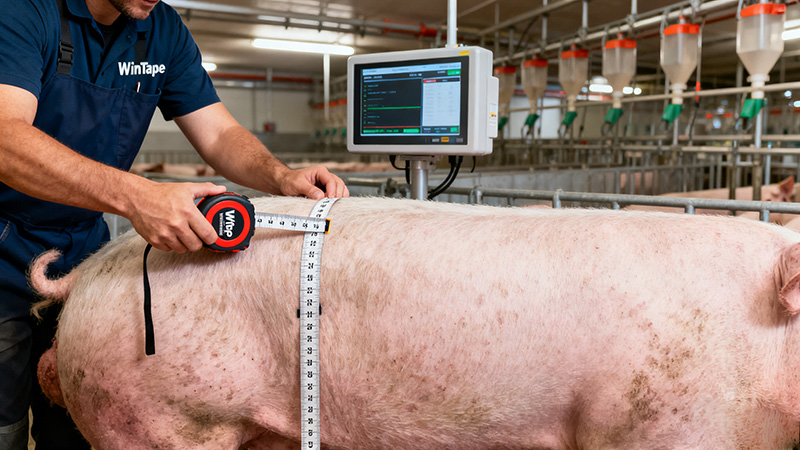In horse care, weight monitoring is a crucial part of safeguarding equine health. Weight tapes, as common tools, have long posed a tradeoff: they are portable and easy to use, yet lack sufficient accuracy. However, a new study from Scotland has challenged this perception—when used properly, weight tapes can become a powerful aid in managing a horse’s weight and protecting its health.
Conducted jointly by the University of Edinburgh in the UK and a local feed company, the study drew on two years of monitoring data from 1,716 horses, providing authoritative guidelines for the scientific use of weight tapes.
Study Background: Two-Year Tracking of 1,716 Horses, Comparing Horse Weight Tape Measure and Scales
To explore the practical utility of weight tapes, the research team collected detailed records of 1,716 horses encountered by the feed company’s consultants over two years. These records not only included the horses’ height, breed, bone type (heavy-, medium-, or light-boned), and body condition score but also two core sets of data: measurements from weight tapes and actual weights from portable livestock scales.
Weight tapes work by wrapping around a horse's barrel, allowing direct reading of weight in pounds or kilograms. Due to their lack of complex equipment requirements and easy operation, they have become the preferred choice for many stables and horse owners. Another article talk about how girth measurements predict animal weight.
Adult horse weight (kg) = [Girth × Girth × Length] ÷ 11,877
However, their accuracy has long been questioned. Through this large-sample comparison study, the key factors influencing weight tape accuracy were systematically identified for the first time, along with solutions to “maximize strengths and minimize weaknesses” in their use.
Two Key Factors Affecting Weight Tape Accuracy: Body Condition Score and Bone Type
Study expert noted that errors in weight tape readings are not random but are closely related to a horse’s body condition score and bone type—providing a basis for subsequent reading adjustments.
1. Higher Body Condition Score = Smaller Error (More Accurate for Overweight Horses)
The study used the 1-9 Henneke Body Condition Scoring System. Results showed that among horses with the same actual weight, for every 0.5-point increase in body condition score, the weight tape reading increased by an average of 1.24 kg (approximately 2.7 lbs). More importantly, weight tapes generally tend to “underestimate” weight. For overweight horses with a body condition score of 6 or higher, however, weight tape measurements are closer to their actual weight. This means weight tapes can be used directly as a primary monitoring tool for overweight horses that need weight control, with little adjustment required.
2. Heavier Bone Type = More Severe Underestimation (Large Horses Need Correction)
Another key finding was that compared to light-boned horses, heavy-boned horses (e.g., draft horses) and medium-boned horses were consistently underestimated by weight tapes. Grimwood explained that heavy-boned horses have more developed muscles and a broader torso structure; the wrap-around measurement method of weight tapes cannot fully match their actual body shape, leading to “lowered” readings. This reminds horse owners: if raising heavy-boned breeds like draft horses, relying directly on weight tape readings will significantly underestimate actual weight, requiring necessary corrections.
Using Weight Tapes Scientifically: Two Steps to Improve Accuracy and Establish a Health Baseline
Despite their inherent errors, the study confirmed that with simple adjustments and long-term monitoring, weight tapes can deliver value far beyond that of a “rough estimation tool”—even providing early warnings for equine health.
1. For Heavy/Medium-Boned Horses: Add 5%-10% to Readings for Initial Error Correction
To address the underestimation issue in heavy-boned and medium-boned horses, Grimwood offered a simple adjustment method: after measuring with a weight tape, add an additional 5%-10% to the reading. “This is not the most ideal solution, but it can quickly reduce errors and serve as a practical starting point.” For example, if a weight tape shows a heavy-boned horse weighs 500 kg, the corrected actual weight will be approximately 525-550 kg, which is much closer to the true value.
2. Measure Every Two Weeks to Establish a “Weight Baseline” and Seasonal Profile
Even without reading corrections, weight tapes remain valuable tools for monitoring changes in a horse’s weight. “Horse owners interact with their horses daily and may fail to notice subtle weight fluctuations, but weight tapes can capture these changes,” veterinary advised. Measure your horse at a fixed time every two weeks and organize these data into a “weight baseline”—this allows timely detection of abnormal weight gain or loss. For instance, sudden weight loss in a short period may indicate health issues, requiring prompt investigation.
If records are maintained for a full year, owners can also establish a “seasonal weight profile” for their horses, clearly understanding weight change patterns during different seasons (e.g., periods of abundant spring forage or reduced winter feed). “With this profile, you can adjust feed amounts or exercise plans in advance the following year to prevent seasonal weight imbalances.”
Advanced Usage: Calibrate with Scales to Enhance Long-Term Monitoring Accuracy
The study also emphasized that if access to a portable livestock scale is available (e.g., during regular stable equipment calibration), owners should seize the opportunity to “calibrate” their weight tapes—take a weight tape reading simultaneously while measuring the horse’s actual weight with the scale.
“Through one precise calibration, you can clearly understand the error range of your weight tape,” For example, if the scale shows a horse’s actual weight is 600 kg and the weight tape reads 570 kg, this indicates the weight tape underestimates this horse’s weight by 5%. When using the weight tape alone afterward, you can correct the reading according to this ratio, significantly improving accuracy. Even without subsequent access to a scale, you can continue monitoring the horse’s weight changes using the corrected weight tape readings.
About Wintape
Wintape offers a full line of customized measuring tapes that can be branded with your company information. Our customized measuring tapes are well known in the medical, health, fitness, tailoring, promotional gifts, livestock farming, industrial and construction markets.
Frequently Asked Questions
1. How often should a horse weight tape be used to detect weight changes in a timely manner?
To catch subtle yet meaningful weight fluctuations, it is recommended to measure your horse every two weeks with a consistent routine. This includes measuring on the same day of the week, at the same time (e.g., in the morning before feeding), and on level ground. Daily interactions with your horse can make gradual weight gain or loss hard to notice, but biweekly measurements create a clear timeline to identify changes that need attention.
2. Why are weight tape measurements more accurate for overweight horses with a body condition score (BCS) of 6 or higher?
Weight tapes generally tend to underestimate horse weight, but this bias weakens for overweight horses (BCS 6+ on the 1-9 Henneke scale). The reason is:
Underweight or normal-weight horses (BCS 1-5) have less body fat and muscle mass, so the weight tape’s “one-size-fits-all” barrel measurement fails to align with their slimmer frames, leading to larger underestimates.
Overweight horses have more substantial torso bulk (from fat and muscle), which matches the weight tape’s calibration better. For every 0.5-point increase in BCS, the tape’s reading becomes 1.24 kg (2.7 lbs) more accurate—making it reliably precise for overweight horses.
3. How should weight tape readings be adjusted when caring for heavy-boned horses (e.g., draft horses)?
Heavy-boned horses (and medium-boned horses) are often underestimated by weight tapes due to their thicker muscles and broader barrels. The recommended adjustment is to add 5%-10% to the weight tape’s reading:
For example, if the tape shows 500 kg, the corrected actual weight would be 525 kg (500 kg + 5%) to 550 kg (500 kg + 10%).
For more precision: Stockier draft horses may need a 10% adjustment, while medium-boned breeds (e.g., warmbloods) typically only require 5%. This simple fix narrows the gap between the tape’s reading and the horse’s true weight.
4. How to establish a “weight baseline” for a horse using a weight tape, and what information needs to be recorded?
A weight baseline tracks your horse’s “normal” weight to spot anomalies. Here’s how to build it:
Step 1: Stick to a consistent measurement routine: Measure every two weeks (same time, before feeding, level ground) using the same weight tape (different brands may have calibration differences).
Step 2: Record key details with each measurement:
Bone type (heavy/medium/light)
Recent changes (e.g., “switched to winter hay 1 week ago,” “increased turnout time”)
Health notes (e.g., “recovered from a cold last week”)After 2-3 months, you’ll have a baseline range (e.g., 495-505 kg for a 500 kg medium-boned mare)—any shift outside this range signals a need for check-ups.
5. How to use a portable livestock scale with a weight tape to improve the accuracy of future measurements?
Use the scale to “calibrate” your weight tape for personalized accuracy:
First, weigh the horse on the scale to get its actual weight.
Immediately take a weight tape reading (while the horse stays in the same position to avoid posture-related errors).
Calculate the tape’s error percentage:
Example: Scale weight = 600 kg; Tape reading = 570 kg
Error = (600 kg - 570 kg) / 600 kg = 5% (the tape underestimates by 5%).
Use this percentage for future adjustments: Add 5% to all subsequent tape readings for this horse. This makes the tape far more reliable when a scale isn’t available.
6. What key indicators does the 1-9 Henneke Body Condition Scoring System evaluate for horses?
The Henneke system assesses visible and palpable fat deposits across 6 core areas to gauge a horse’s condition:
- Ribs: Whether ribs are easily felt (underweight) or not felt at all (overweight).
- Back: Whether a “ridge” along the spine is visible (underweight) or covered in fat (overweight).
- Tailhead: Whether tailhead bones are prominent (underweight) or padded with fat (overweight).
- Withers: Whether withers feel sharp (underweight) or rounded with fat (overweight).
- Shoulder: Whether the shoulder blade is visible (underweight) or padded with fat (overweight).
- Neck: Whether the neck looks thin (underweight) or has a “cresty” fat deposit (overweight).
7. What are the core advantages and disadvantages of weight tapes compared to portable livestock scales?
The two tools differ significantly in key areas:
|
Aspect |
Weight Tapes |
Portable Livestock Scales |
|
Accuracy |
Disadvantage: Lower (tends to underestimate, especially for heavy-boned horses) |
Advantage: Higher (measures actual weight) |
|
Portability |
Advantage: Excellent (light, fits in a pocket) |
Disadvantage: Poor (bulky, needs setup/power) |
|
Ease of Use |
Advantage: Simple (1 person can complete in 2 minutes) |
Disadvantage: Complex (needs 2+ people to guide the horse onto the scale) |
|
Cost |
Advantage: Low (typically $10–$30) |
Disadvantage: High (often $500+) |
8. How does recording a year’s worth of weight tape data help with a horse’s care in the following year?
A full year of data reveals your horse’s seasonal weight patterns, enabling proactive care:
- You’ll identify trends like “loses 5–8 kg in winter (due to less turnout) and regains it in spring (with fresh grass).”
- With this insight, you can adjust care in advance: Increase hay portions in late autumn to prevent winter weight loss, or limit spring turnout to avoid rapid, unhealthy gain.
- It also helps spot long-term issues (e.g., gradual weight decline may signal dental problems affecting eating)—trends that would be missed without a year-long baseline.
Wintape Measuring Tape Company
Custom Tape Measure Manufacturers
For All Your Measuring and Promotional Needs.
86-18588000509
cici@tape-measure.com
Custom Tailor Measuring Tape
Custom Body Measuring Tape
Custom Paper Measuring Tape
Custom MUAC Tape
Custom Wound Ruler
Custom Diameter Pi Tape
Custom Digital Tape Measure Laser
Custom Adhesive Measuring Tape
Custom Mini Tape Measure
Custom Horse Weight Tape
Custom Stainless Steel Tape Measure
Custom Long Tape Measure
Custom Measuring Tape
© 2025 Wintape Tape Measure Co.,Ltd | Privacy Policy | Sitemap | Contact Us | Powered by matchPages





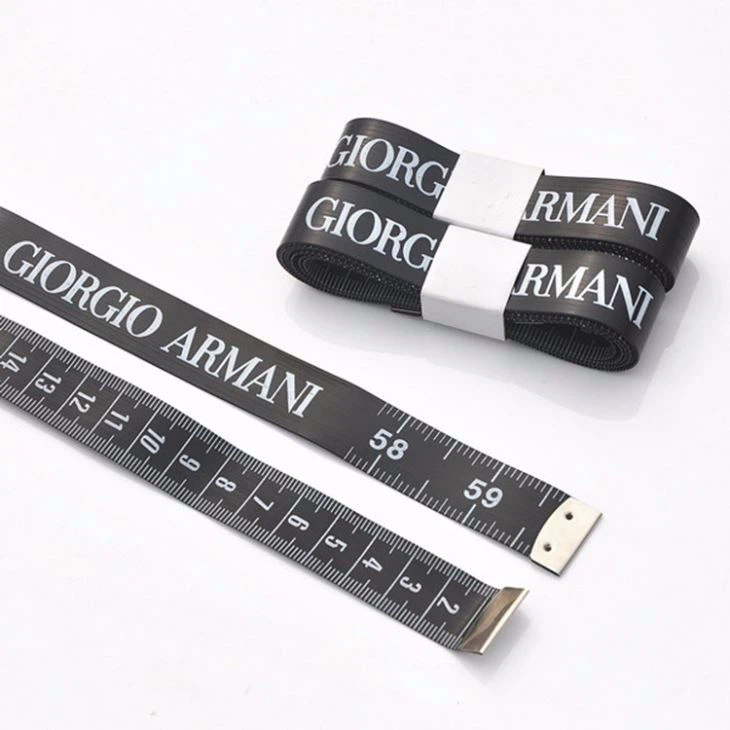
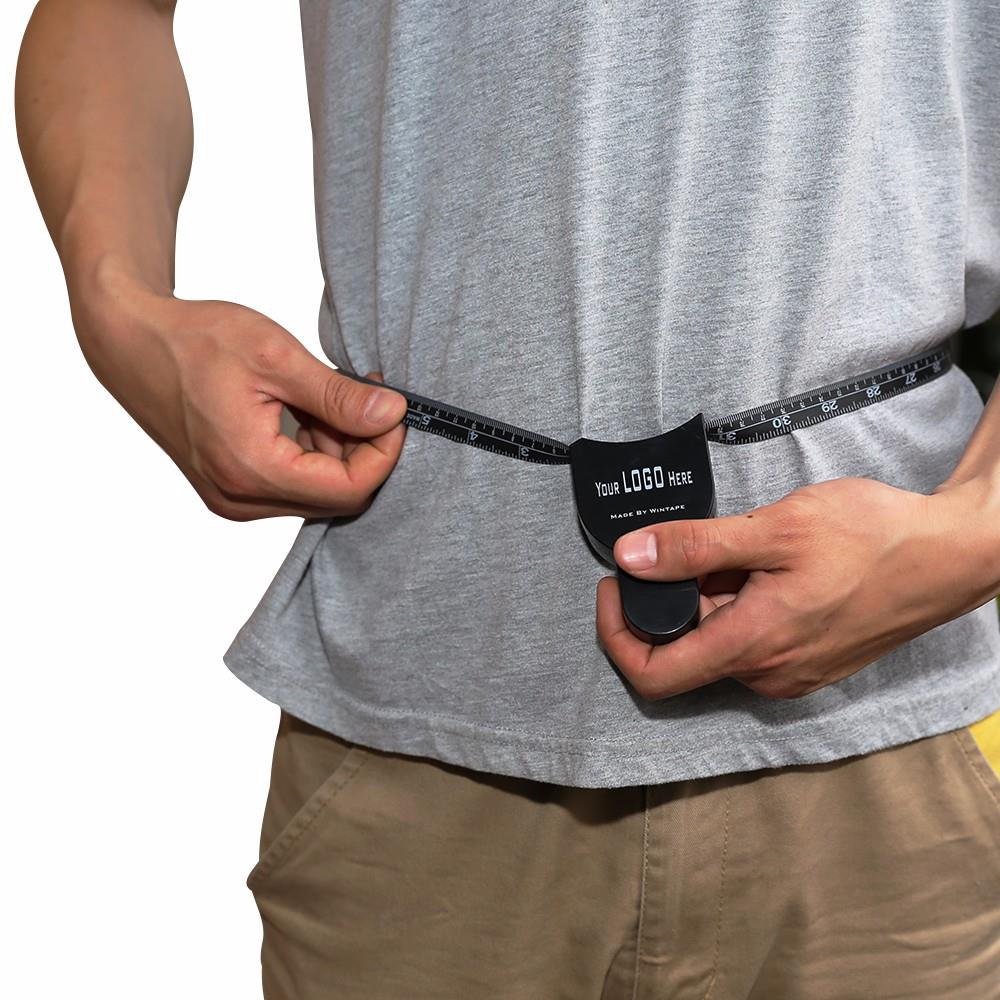
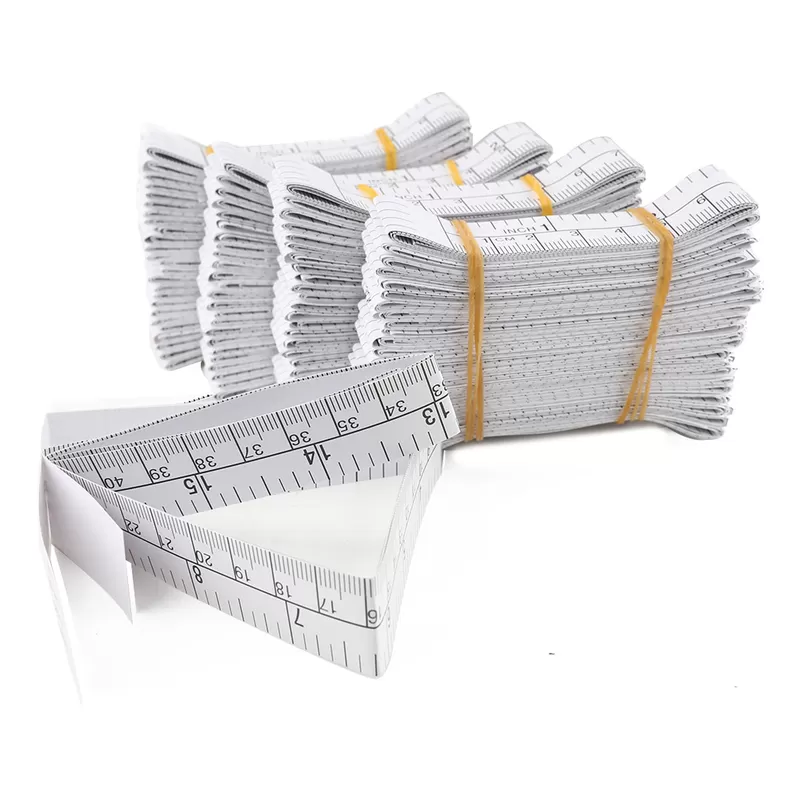
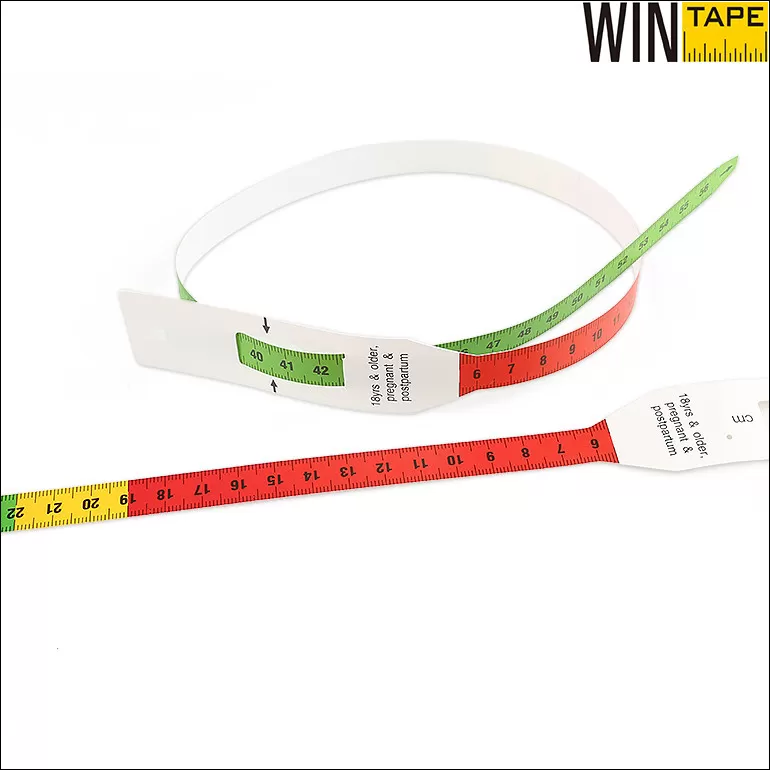

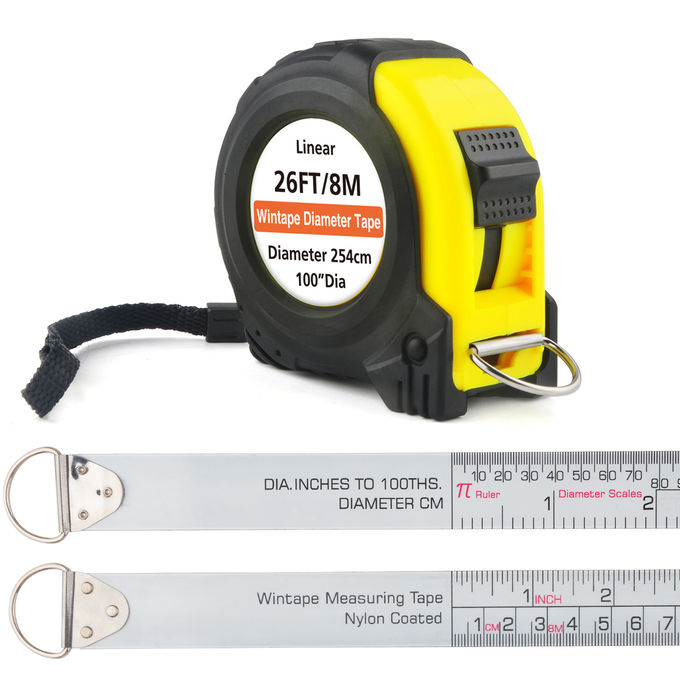
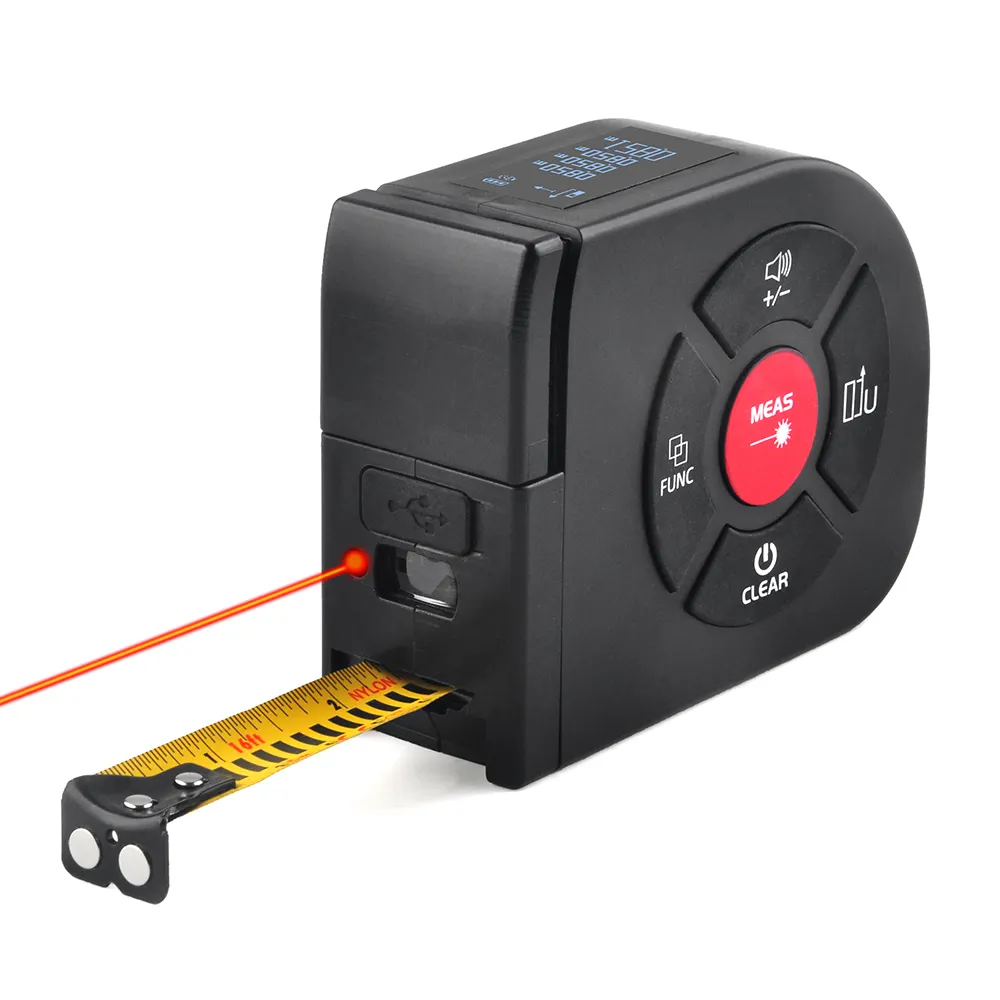

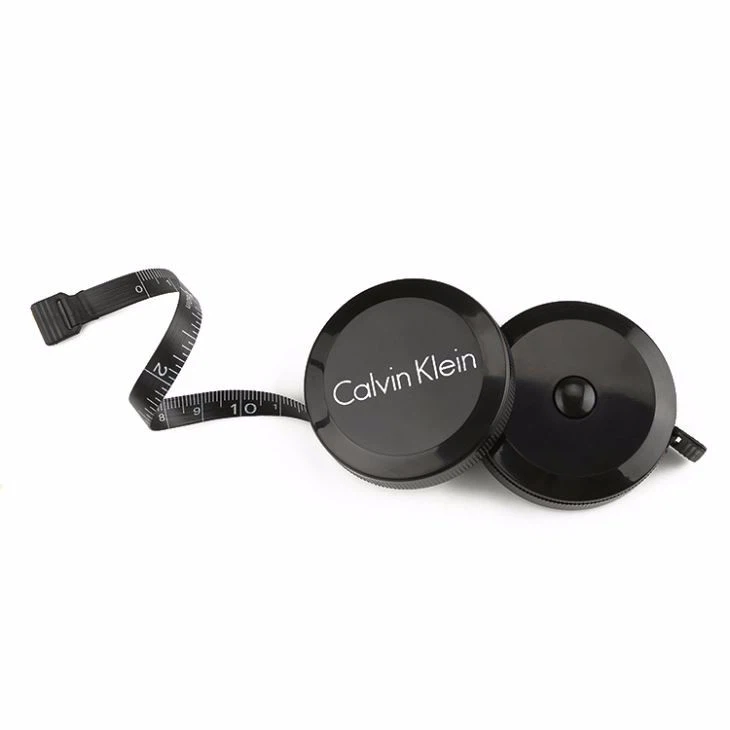
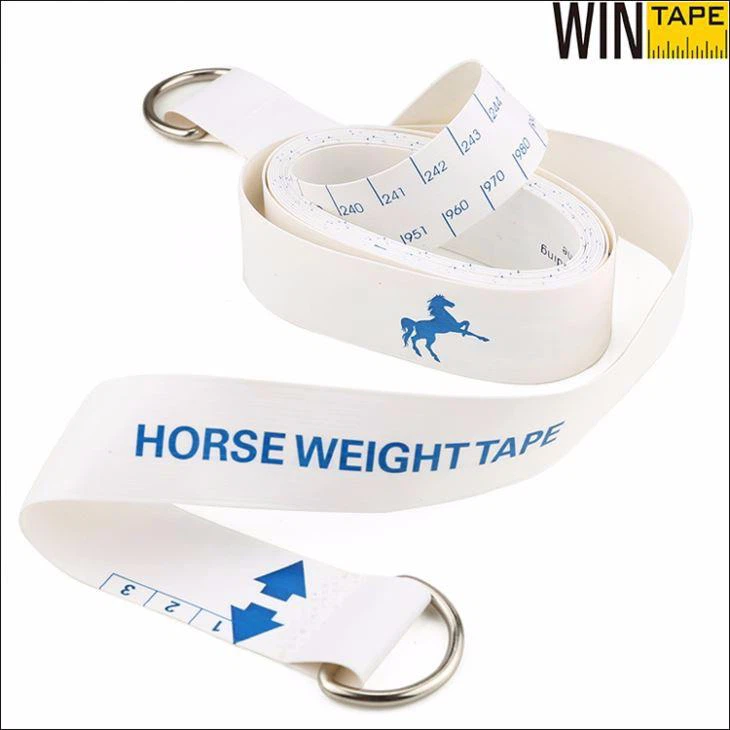
.webp)
.webp)

